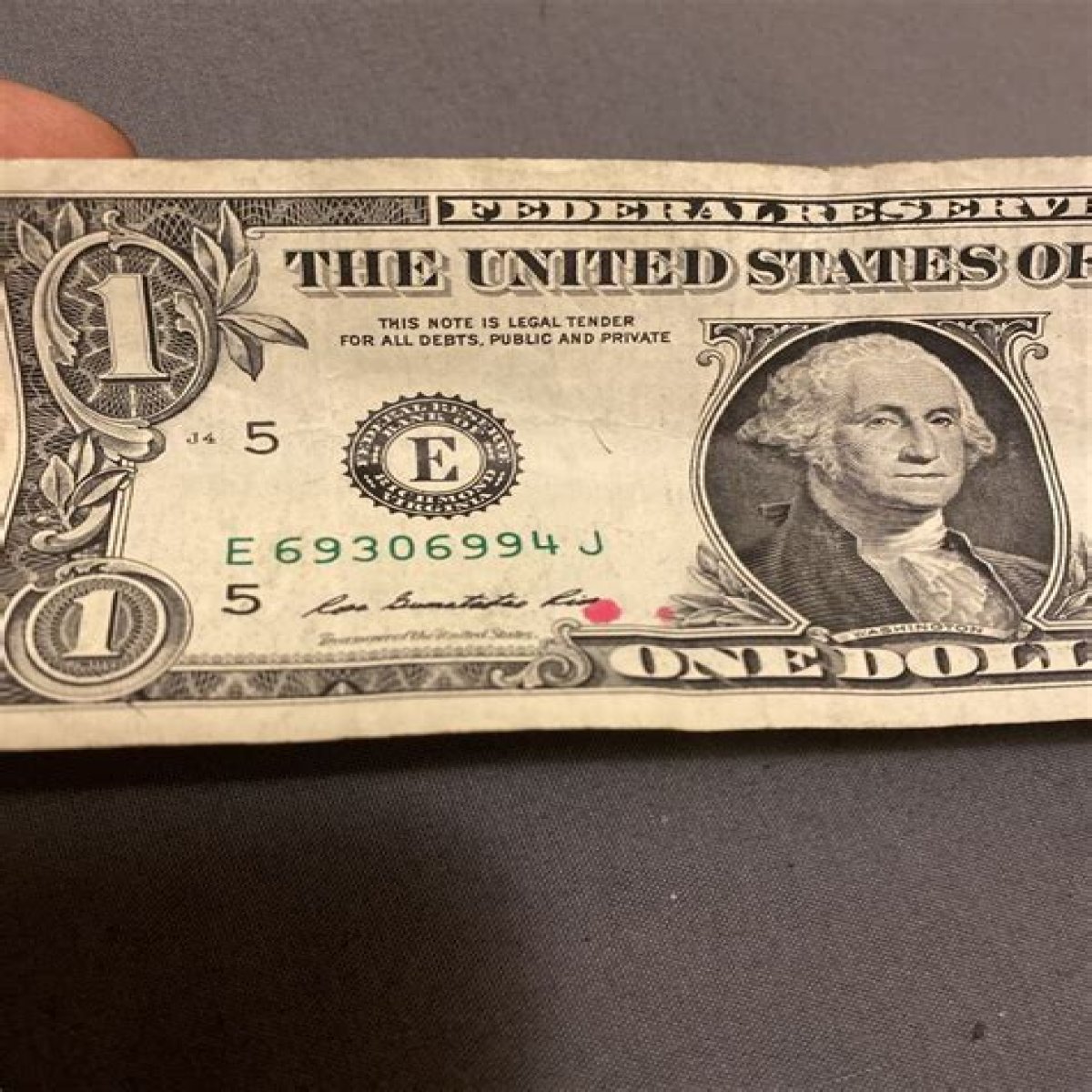The 2013 series dollar bills have garnered attention from collectors, financial experts, and the general public alike. These banknotes, produced by the U.S. Bureau of Engraving and Printing, mark an essential chapter in the evolution of American currency. The 2013 series features updated designs and security features that reflect advancements in anti-counterfeiting measures, making them not only functional but also a fascinating subject of interest for many. The 2013 series includes various denominations, each with unique characteristics that set them apart from their predecessors. As we delve deeper into these dollar bills, we will uncover the significance of the changes made in this series and what collectors should know about them.
One of the standout features of the 2013 series dollar bills is the incorporation of advanced security elements. The U.S. government continuously strives to thwart counterfeiters and protect the integrity of its currency, and the 2013 series is no exception. With innovations such as color-shifting ink and enhanced watermarks, these bills provide a greater level of security for everyday transactions. For collectors, understanding these features is key to identifying genuine notes from counterfeits.
In this article, we will explore various aspects of the 2013 series dollar bills, including their design, security features, and collector's value. Whether you are a seasoned collector or a casual observer, this guide aims to provide you with valuable insights into these unique pieces of American currency.
What Are the Key Features of the 2013 Series Dollar Bills?
The 2013 series dollar bills were introduced with a range of key features designed to enhance their security and usability. Here are some of the notable characteristics of these bills:
- Color-Shifting Ink: This innovative feature allows the ink to change color when viewed from different angles.
- Enhanced Watermark: The watermark is now more prominent and difficult to replicate.
- Raised Printing: The tactile features on the bills provide a sensory way to identify genuine currency.
- Microprinting: Tiny letters are printed in various locations, which are difficult for counterfeiters to reproduce.
How Do the 2013 Series Dollar Bills Differ From Previous Series?
The evolution of U.S. currency has been marked by numerous design changes over the years. The 2013 series dollar bills introduced several modifications compared to previous series:
- New Portraits: While the iconic images of historical figures remain, some bills feature updated portrait placements.
- Improved Color Palette: The color scheme has been adjusted to make the bills more visually appealing and harder to counterfeit.
- Additional Security Features: In addition to the ones mentioned earlier, the 2013 series includes other security measures that were not present in earlier bills.
What Denominations Are Available in the 2013 Series Dollar Bills?
The 2013 series encompasses a variety of denominations, each with its own unique design elements:
- $1 Bill: Featuring George Washington, this bill remains largely unchanged in design.
- $5 Bill: With a portrait of Abraham Lincoln, the $5 bill showcases new security features.
- $10 Bill: This bill honors Alexander Hamilton and includes enhanced color shifts.
- $20 Bill: Andrew Jackson's portrait is featured, along with updated security elements.
- $50 Bill: Ulysses S. Grant is depicted, with improved tactile features.
- $100 Bill: Benjamin Franklin's bill is the most notable in the series, showcasing advanced security features.
What Is the Collector’s Market for 2013 Series Dollar Bills?
The collector's market for 2013 series dollar bills is vibrant, with many enthusiasts eager to acquire unique or rare notes. Here are a few factors that influence the market:
- Star Notes: These bills are replacements for defective notes and can be more valuable to collectors.
- Low Serial Numbers: Bills with low serial numbers (e.g., 00000001) often fetch higher prices.
- Condition: The state of the bill—whether it is uncirculated or shows signs of wear—significantly impacts its value.
How Can You Authenticate 2013 Series Dollar Bills?
With counterfeiting on the rise, it is crucial for individuals and businesses to know how to authenticate 2013 series dollar bills. Here are some methods to ensure the currency is genuine:
- Feel: The texture of the paper should feel different from regular paper, thanks to the raised printing.
- Look: Examine the security features, such as the watermark and color-shifting ink.
- Tilt: Move the bill to see the color change in the ink, which is a clear indicator of authenticity.
What Are the Future Prospects for the 2013 Series Dollar Bills?
As technology continues to develop, the future of the 2013 series dollar bills may evolve as well. Potential changes could include:
- Further Security Enhancements: As counterfeiting techniques improve, the U.S. Treasury may introduce even more sophisticated security features.
- Design Changes: Future series may explore new portrait placements or designs to keep the currency fresh and engaging.
- Increased Digital Transactions: With the rise of digital currencies, the relevance of physical dollar bills may shift in the coming years.
Conclusion: Why Are 2013 Series Dollar Bills Significant?
The 2013 series dollar bills are significant not only for their advanced security features but also for their role in the ongoing evolution of U.S. currency. As collectors and everyday users continue to engage with these bills, understanding their history and features can enhance appreciation for this form of money. Whether you are looking to collect, invest, or simply learn more about the 2013 series dollar bills, this guide serves as a valuable resource to navigate the fascinating world of American currency.
Exploring The Dynamic Duo: Sadie Plus AudreyChoosing The Perfect Potatoes For The Crispiest French FriesUnveiling The Journey Of Alex Fine: Running Marathons With Passion And Purpose
